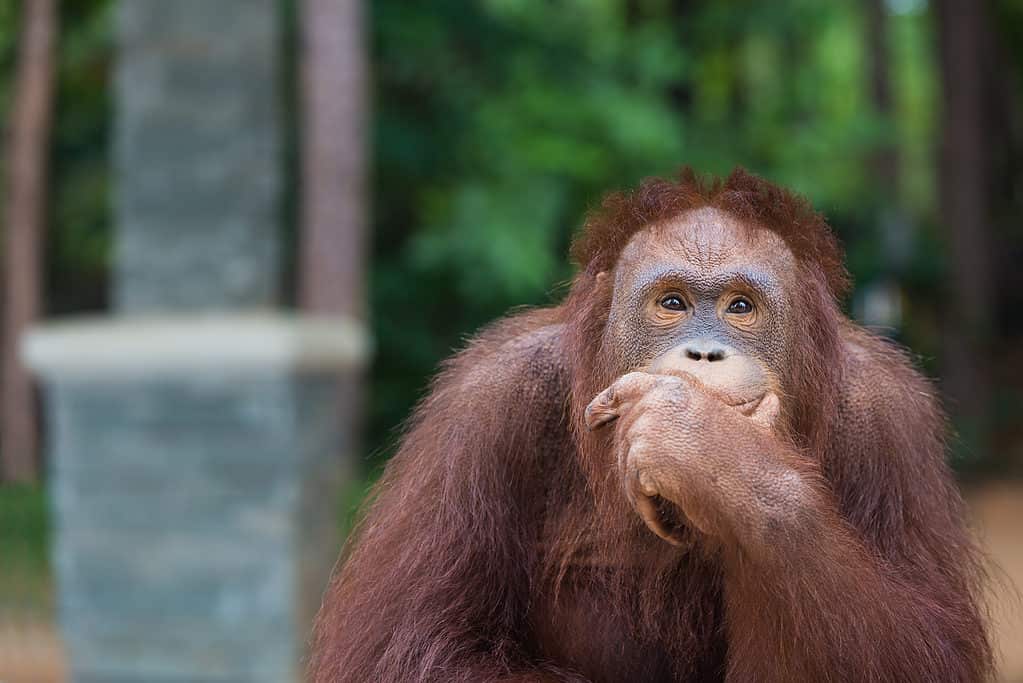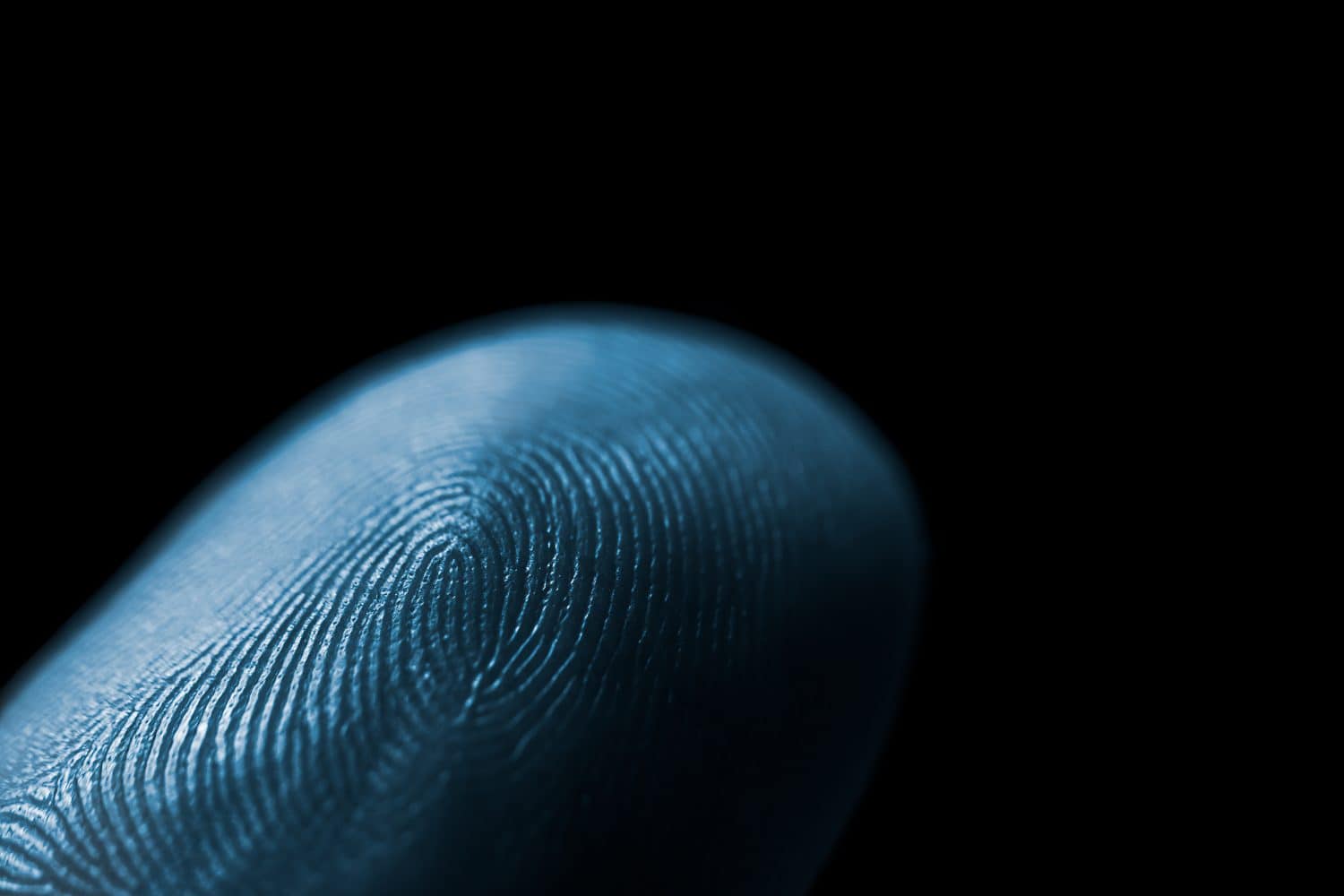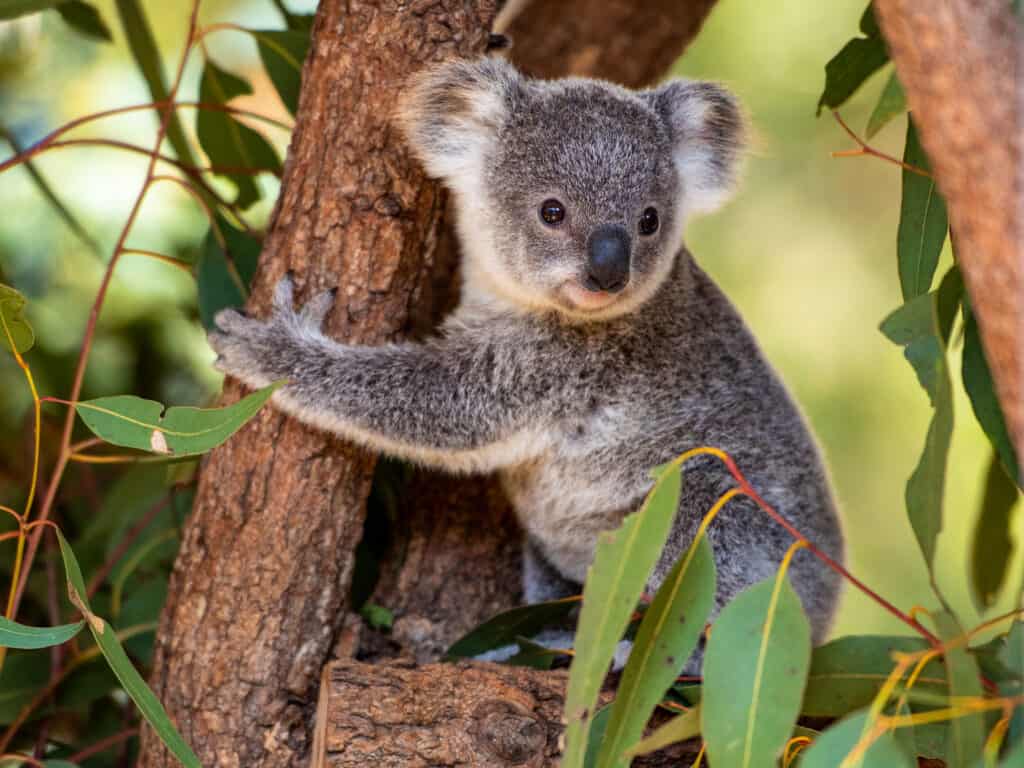Why Do Koalas Have Identical Fingerprints to Humans? And Why Do We Both Need Them
Biological anthropologist and forensic scientist Maciej Henneberg noticed that koalas have fingerprints when he worked with them in the mid-1990s in Adelaide, Australia. When Henneberg looked at the fingerprints under a microscope, he found loops and whirls like what humans have. At the time, he expressed worry that koala’s fingerprints could be mixed up with a human’s in a crime case, although unlikely.
Most other primates don’t have fingerprints, making koalas unique. Because of the similarity, Henneberg’s findings resulted in questions about what fingerprints are for and how they develop.
Where Fingerprinting Animals Began

©Everything I Do/Shutterstock.com
Police fingerprinted six chimpanzees and two orangutans in 1975 to see if they were responsible for local crimes. The primates were innocent, but police recorded the similarity with human fingerprints. In 1996, experts began looking at koala fingerprints because they seemed identical to humans.
What Are Fingerprints For?

©Lukas Jonaitis/Shutterstock.com
Some people believe that fingerprints are for grasping items, but now studies have people questioning if it’s true. Biologist Roland Ennos did a study in 2009 to see if fingertips increase friction when grabbing a surface. It would mean that it’s easier to grasp things when picking them up, but the results showed otherwise because the swirls of the fingerprints decreased friction.
However, a more recent study indicates that while fingerprints don’t increase friction, they work with sweat glands to help you maintain your grip. When fingertips meet surfaces, they release moisture (sweat) and soften the fingertips.
Fingerprints are for gripping surfaces and increasing touch sensitivity. They also provide a deeper perception level, helping with texture and shape recognition. The sensitivity through nerve endings helps with interacting with the world around you.
How do Fingerprints Develop?
Your general fingerprint comes from your parents and starts developing when you’re a fetus. During fetal development, the makeup of amniotic fluid impacts your fingerprints, along with your position in the womb and what you touched. Because of this, everyone has different fingerprints, including identical twins.
Why Do Koalas Have Identical Fingerprints to Humans?

©iStock.com/eeqmcc
Koalas have fingerprints like humans because of convergent evolution when unrelated organisms evolve identical characteristics based on evolutionary pressures. Since there are only so many ways for a species to move or do certain things, they can develop similar characteristics to other species.
Koalas grasp things as humans do, and they also climb vertically in trees while reaching out and grabbing food. With that being the case, their fingerprints could have developed to help them adapt to the movements. They also hang in trees and grab ahold of things while doing so, furthering their need for friction for grasping objects.
Koalas’ fingerprints help them inspect their food to ensure it is eucalyptus before eating it. They are picky about what they eat, so being able to look at and feel everything thoroughly helps. Koalas are so picky about what they eat that they prefer eucalyptus leaves of a specific age, too.
Do Koalas Fingerprints Affect Humans?
You might wonder if koalas having identical fingerprints to humans impacts anyone. While koala fingerprints at a crime scene might cause confusion, it’s unlikely that it’ll happen.
However, if it does, detectives might believe the koala fingerprints are human. It could lead to wasted time and resources trying to find a fingerprint match that won’t be in their database. Other than this unlikely scenario, koalas having identical fingerprints to humans won’t affect anyone or anything.









